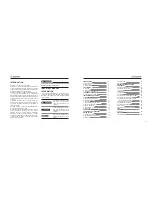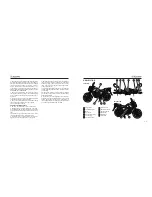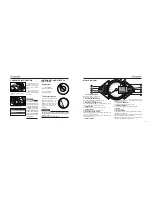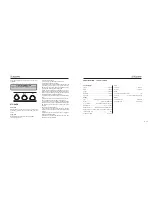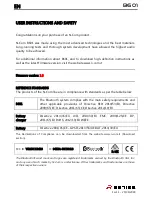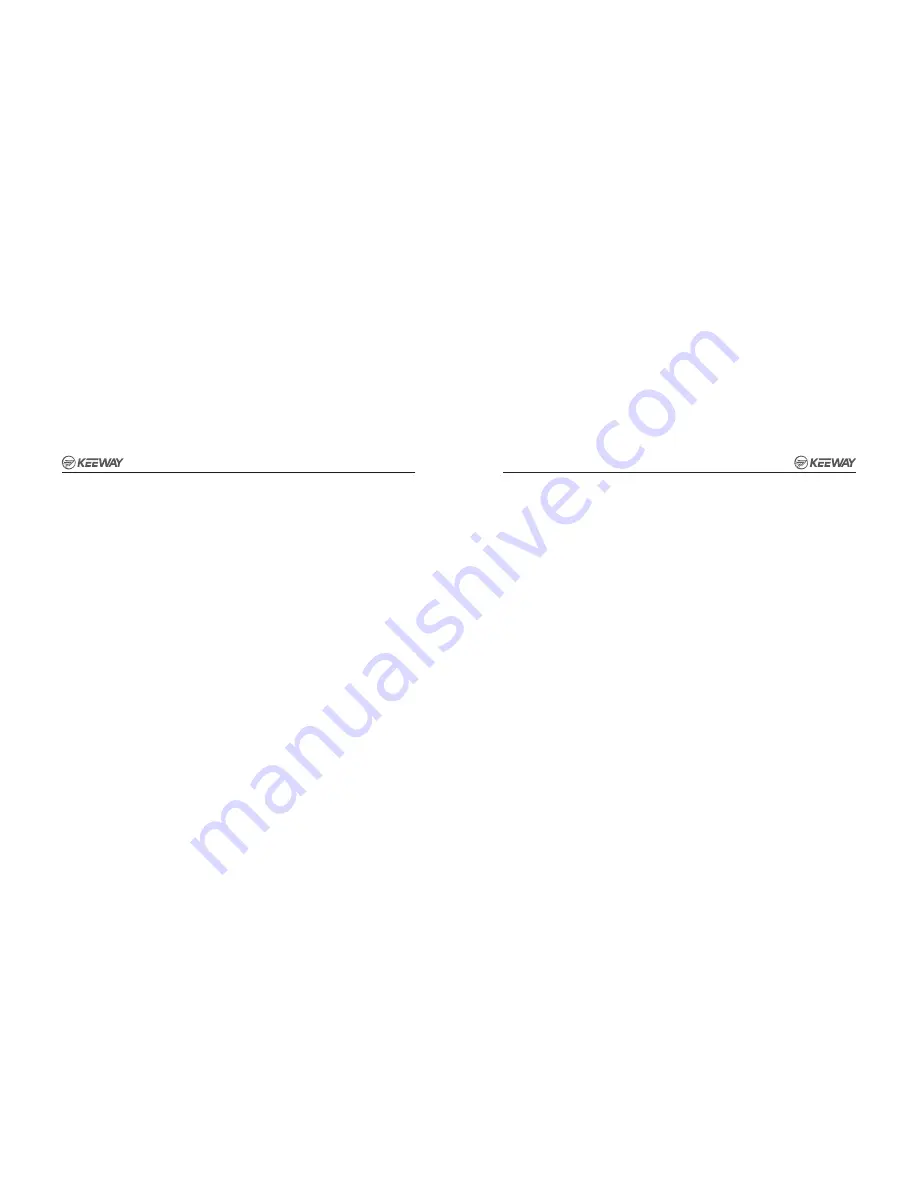
Be a Responsible Owner
As the vehicle's owner, you are responsible for the
safe and proper operation of your vehicle.
The safe use and operation are dependent upon the
use of proper riding techniques as well as the exper-
tise of the operator. Every operator should know the
following requirements before riding this vehicle.
He or she should:
● Obtain thorough instructions from a competent
source on all aspects of vehicle operation.
● Observe the warnings and maintenance require
-
ments in this Owner’s Manual.
● Obtain qualified training in safe and proper riding
techniques.
● Obtain professional technical service as indicated
in this Owner´
s Manual and/or when made neces
-
sary by mechanical conditions.
Safe Riding
Perform the pre-operation checks each time you
use the vehicle to make sure it is in safe operating
condition. Failure to inspect or maintain the vehicle
properly increases the possibility of an accident or
equipment damage. See the page for a list of pre-op-
eration checks.
SAFETY INFORMATION
3 - 4
● This vehicle is designed to carry the operator and
a passenger.
● The failure of motorists to detect and recognize
vehicles in traffic is the predominating cause of
automobile/vehicle accidents. Many accidents have
been caused by an automobile driver who did not
see the vehicle. Making yourself prominent appears
to be very effective in reducing the chance of this
type of accident. Therefore:
• Wear a brightly colored jacket.
• Use extra caution when you are approaching
and passing through intersections, since intersec-
tions are the most likely places for vehicle accidents
to occur.
• Ride where other motorists can see you. Avoid
riding in another motorist’s blind spot
● Many accidents involve inexperienced operators.
In fact, many operators who have been involved in
accidents do not even have a current driver´s
license.
• Make sure that you are qualified and that you only
lend your vehicle to other qualified operators.
• Know your skills and limits.
Staying within your limits may help you to avoid an
accident.
• We recommend that you practice riding your vehi
-
cle where there is no traffic until you have become
thoroughly familiar with the vehicle and all of its con-
trols.
● Many accidents have been caused by error of the
vehicle operator. A typical error made by the operator
is veering wide on a turn due to excessive speed or
under- cornering (insufficient lean angle for the
speed).
• Always obey the speed limit and never travel faster
than legal speed limit.
• Always signal before turning or changing lanes.
Make sure that other motorists can see you.
● The posture of the operator and passenger is
important for proper control.
• The operator should keep both hands on the han
-
dlebar and both feet on the operator footrests during
operation to maintain control of the vehicle.
• The passenger should always hold onto the opera
-
tor, the seat strap or grab bar, if equipped, with both
hands and keep both feet on the passenger foot-
rests. Never carry a passenger unless he or she can
firmly place both feet on the passenger footrests.
● Never ride under the influence of alcohol or other
drugs.
● This vehicle is designed for on-road use only. It is
not suitable for off-road use.
Protective apparel
The majority of fatalities from vehicle accidents are
the result of head injuries. The use of a safety helmet
is the most critical factor in the prevention or reduc-
tion of head injuries.
● Always wear an approved helmet.
● Wear a face shield or goggles.
Wind in your unprotected eyes could contribute to an
impairment of vision that could delay seeing a
hazard.
● The use of a jacket, substantial shoes, trousers,
gloves, etc., is effective in preventing or reducing
abrasions or lacerations.
● Never wear loose-fitting clothes, otherwise they
could catch on the control levers or wheels and
cause injury or an accident.
● Always wear protective clothing that covers your
legs, ankles, and feet. The engine or exhaust sys-
tem become very hot during or after operation and
can cause burns.
●
A passenger should also observe the above pre-
cautions.
Avoid Carbon Monoxide Poisoning.
All engine exhaust contains carbonmonoxide, a
deadly gas. Breathing carbon monoxide can cause
headaches, dizziness, drowsiness, nausea confu-
sion, and eventually death.
Carbon Monoxide is a colorless, odorless, tasteless
gas which may be present even if you do not see


